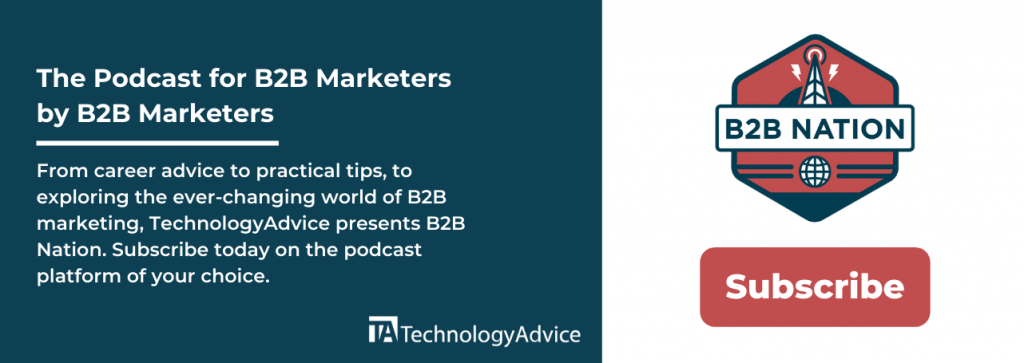It seems like we hear most about the manufacturing sector when we’re being told about the trouble it’s in. Politicians bemoan the loss of manufacturing jobs. Local economies suffer when manufacturers close their doors or re-locate their plants.
Manufacturing in the US is not without challenges. The National Association of Manufacturers (NAM) will tell you, however, that manufacturing output in the US has risen pretty consistently over the past decade.
If you work in B2B marketing, or aspire to work in B2B marketing, there are some interesting things happening in the manufacturing sector that are worthy of your attention.
First, digital transformation is taking hold in manufacturing, and it’s upending decades-old business models. In the past, manufacturers often sold through distributors. That meant brand awareness and end-user customer experience were not priorities for many manufacturers. But as manufacturers increasingly turn to the Internet to sell direct to customers, all of that is changing.
In addition to transformation, there’s the global pandemic, which as it has in other sectors, is acting as an accelerant for change. One example: manufacturers that make personal protective equipment (PPE) needed to adapt from selling gloves and goggles to a select few businesses or distributors, to promoting products to a vastly expanded market when the pandemic arrived.
Andrew Walker is the CEO of Shift7 Digital, a digital agency that specializes in helping manufacturers navigate digital transformation. Andrew has a front-row seat as digital marketing changes the manufacturing sector. He joins us to talk about it in this episode of B2B Nation.

Podcast highlights
4:08
Andrew Walker: Really what’s changing for B2B companies is the marketing, is the customer experience… Even pre-pandemic, and with the pandemic, the overall experience that manufacturers were having with their customers was through distributors. And those are through distributors like the Graingers, the Lowes, The Home Depots, and even big box retailers like Target, Walmart, etc., and they were in their stores. Now there was some online experience, and some online transactions, but obviously with the shift that’s happened this last 12 months in our lives, those B2B organizations have had to think about how to promote, merchandise, and ensure all of their products — from a marketing perspective — are on those distributor channels, on those online retail channels, and the biggest one by far: Amazon — making sure they’re on Amazon.com. These are some things that manufacturers never had to think about from a marketing perspective. They relied on the distributors doing all of the marketing themselves.
6:27
Mike Pastore: What are the digital marketing initiatives that manufacturers can undertake right now, in pretty short order, that would help them catch up or maybe become a leader in their digital marketing compared to other manufacturers?
Andrew Walker: The first thing we suggest is a bit of a planning effort. But most manufacturers don’t have a good understanding of their end customer. They sell through the distributor, so the end customer is a contractor, is a plumber, is a scientist, is an engineer, is an ultimate consumer of their manufactured product. And so the first thing we suggest is: Do you have a customer or prospect database of those individuals, that you could be thoughtful of how you market to them? Because you market to them on Facebook, market to them on LinkedIn, market to them on display advertising, key ad words within any of the search engines. If you’re going to do those things, you’ve got to at least know where they’re at, know who they are, know who they respond to, etc.
So getting a good idea of your customers and where their experience touch points are at, that’s a couple of months’ effort to do that. And that’s research, that’s surveys, just getting a general pulse. And a lot of [manufacturers] have a cursory view of their customer.
But then, after you get that sort of initial couple of months’ effort done to figure out who their customers are, there are some things they can do around outbound email, to sending them product awareness, brand awareness. It’s not necessarily about “buy one get one free,” but just product and brand awareness. The other thing is around getting your product out there on the digital channels for just sort of brand awareness from a display perspective.
